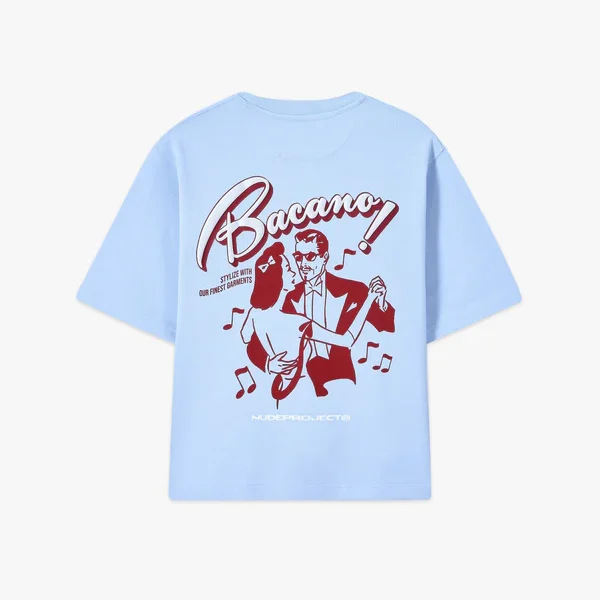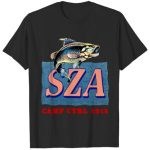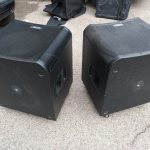Introduction
In a world often defined by highly curated and edited images, the Nude Project offers a powerful antidote — a movement that encourages individuals to embrace the human form in its most raw, unfiltered state. This project challenges conventional beauty standards, pushes back against societal taboos surrounding nudity, and promotes self-acceptance and authenticity. By stripping away clothes, people strip away societal expectations and explore deeper layers of identity, vulnerability, and empowerment. But what exactly is the Nude Project, and how does it reshape our understanding of beauty, body image, and self-expression?
What is the Nude Project?
The Nude Project refers to a range of artistic and photographic initiatives that explore the human body in its natural, unclothed state. While these projects often center around themes of body positivity, self-empowerment, and vulnerability, they also question traditional representations of beauty and celebrate diversity in human form. What distinguishes the Nude Project CAMISETAS from more traditional forms of nude art is its emphasis on authenticity — presenting bodies not as objects of desire or perfection, but as real, diverse expressions of the human experience.
This initiative can be seen in various forms, from professional art exhibits and photography collections to social media campaigns and grassroots movements. The Nude Project has evolved in response to the unrealistic beauty standards promoted by the fashion industry, mass media, and digital culture. It offers a space where individuals can confront their insecurities, challenge conventional norms, and embrace the natural beauty of their own bodies.
Historical Context: Reclaiming the Nude
Nudity in art has a long history, with depictions of the human body dating back thousands of years. In classical sculpture and Renaissance paintings, the nude body was often idealized — an expression of beauty, strength, and divinity. However, as time progressed and media landscapes shifted, nudity became increasingly taboo, particularly outside the context of art or sexuality.
Today, the public perception of nudity is often influenced by mass media, advertising, and pornography, which have commodified the human body and imposed narrow beauty standards. As a result, many people have come to view their bodies through a lens of shame or inadequacy, feeling that they must conform to unrealistic expectations to be considered beautiful or desirable.
The Nude Project stands in stark contrast to this. It offers a fresh perspective by focusing on the human form as a canvas of individuality and authenticity rather than a product to be polished or sexualized. It challenges the notion that bodies must fit a particular mold to be deemed worthy of appreciation or admiration.
Vulnerability and Empowerment
One of the core elements of the Nude Project is its focus on vulnerability. The act of shedding clothing is, by nature, an intimate experience. For many people, being photographed or seen in the nude is an incredibly vulnerable act, exposing them to both personal and public scrutiny. Yet, this vulnerability is not a weakness — rather, it is a powerful expression of courage, authenticity, and self-acceptance.
In the context of the Nude Project SUDADERAS, vulnerability becomes a form of empowerment. The willingness to be seen in one’s natural state offers a powerful rejection of the idea that beauty must be sculpted or edited to be accepted. Participants in the project are invited to embrace their bodies without judgment, embracing imperfections and differences as part of their unique identity. Stretch marks, scars, body hair, wrinkles, and other perceived “flaws” become symbols of strength and resilience rather than sources of shame.
For many, participating in such a project can be a transformative experience — a reclaiming of control over their own bodies and a celebration of self-love. It helps individuals develop a more positive relationship with themselves and their physicality, encouraging them to see beauty in what society has traditionally deemed imperfections.
Body Positivity and Self-Acceptance
The Nude Project is deeply intertwined with the body positivity movement, which promotes the acceptance and celebration of all bodies, regardless of shape, size, color, or ability. In a culture obsessed with slenderness, youth, and Eurocentric features, body positivity seeks to dismantle harmful beauty standards and offer a more inclusive, empowering perspective on the human body.
The Nude Project invites individuals to reject the unrealistic ideals perpetuated by the fashion and beauty industries and embrace their natural selves. By showcasing a variety of body types, ages, genders, and skin colors, the project serves as a powerful reminder that beauty is not one-size-fits-all. Every body tells a different story, and each body is worthy of appreciation and love.
Through the Nude Project, people are encouraged to appreciate their bodies as they are. This can include celebrating the bodies of those who may have been marginalized or excluded from mainstream depictions of beauty, such as plus-sized individuals, older adults, and people with disabilities. The project amplifies voices and bodies that are often overlooked, fostering a culture of self-love, inclusivity, and diversity.
Art, Photography, and the Human Form
While the Nude Project is rooted in body positivity and self-acceptance, it also continues the long tradition of the human form in art. Photography, in particular, offers a contemporary way to explore the nude body, moving beyond traditional artistic depictions to present more personal and diverse representations.
Many photographers involved in the Nude Project use the medium to challenge stereotypes and expand the conversation around beauty. Rather than adhering to traditional ideas of perfection, they celebrate the natural state of the body, emphasizing the unique qualities of each individual. The photographs often convey a sense of strength, resilience, and dignity rather than fragility or objectification.
Furthermore, the Nude Project allows for new interpretations of the human form, particularly in terms of gender, race, and sexuality. Historically, representations of nudity in art and media have often been limited to a narrow, idealized view of the white, heterosexual, young, and able-bodied form. The Nude Project, however, invites people of all backgrounds, genders, and identities to participate, fostering greater diversity and inclusivity in the conversation about beauty.
Breaking Down Social Taboos
Nudity remains a deeply polarizing topic in many societies. It is often associated with shame, sin, or promiscuity, especially when it occurs outside the context of art or sexuality. In many cultures, nudity is still seen as taboo, with people feeling pressure to cover up or hide their bodies in public spaces.
The Nude Project works to break down these taboos by reframing nudity as an expression of personal freedom, vulnerability, and authenticity. By shedding clothes, participants shed the societal expectations that often dictate how we should look, feel, and act. In doing so, they create space for more open, inclusive conversations about body image, identity, and self-expression.
Furthermore, the Nude Project challenges the idea that nudity must be sexualized. In many cases, nudity in the project is presented as a non-sexual act, emphasizing the beauty and humanity of the body without objectification. This approach offers an alternative to the ways in which the media and advertising often commodify the body for consumption.










